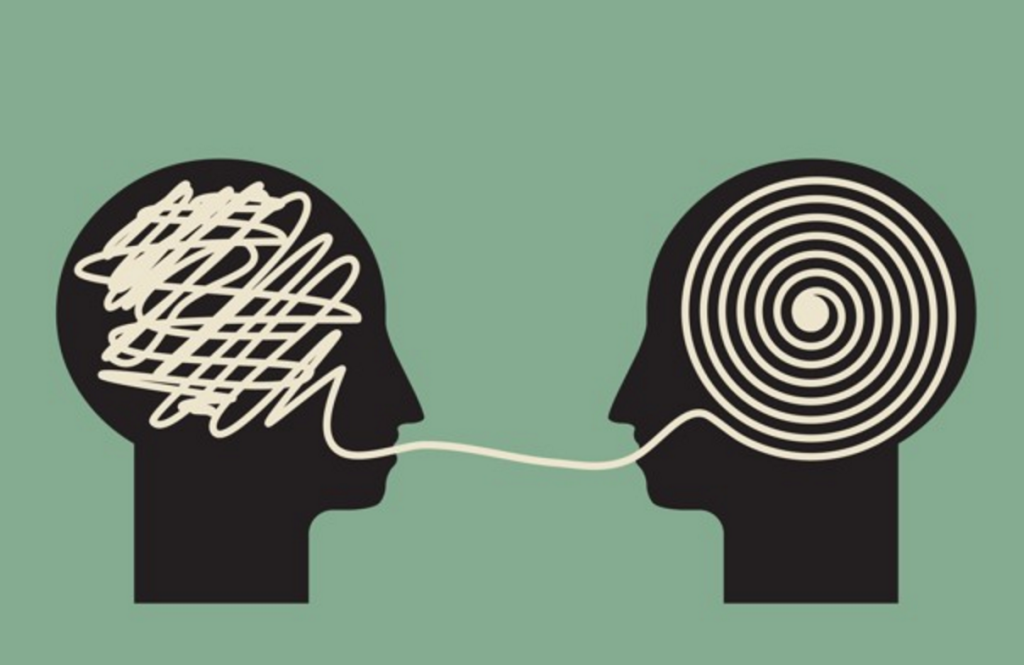Cultural education plays a vital role in nurturing intercultural understanding, empathy, and inclusivity in today’s globalized world. By incorporating diverse cultural perspectives, traditions, and histories into the curriculum, educational institutions can equip students with the knowledge, skills, and attitudes necessary to navigate and thrive in an increasingly interconnected and diverse society. This article explores the importance of cultural education and proposes an educational model for fostering cross-cultural understanding and inclusivity.

The Importance of Cultural Education
- Promoting Cultural Literacy: Cultural education enhances students’ understanding of the diverse cultural landscapes that shape our world. By studying different cultures, languages, and traditions, students develop cultural literacy—the ability to recognize, appreciate, and respect cultural differences and similarities.
- Building Empathy and Respect: Cultural education cultivates empathy and respect for individuals and communities from diverse backgrounds. By learning about the histories, experiences, and perspectives of others, students develop a deeper sense of empathy and understanding, fostering positive intergroup relations and reducing prejudice and discrimination.
- Preparing Global Citizens: In today’s interconnected world, cultural competence is essential for success in a variety of fields, from business and diplomacy to healthcare and education. Cultural education equips students with the skills and attitudes needed to navigate cross-cultural interactions, collaborate effectively with people from diverse backgrounds, and contribute positively to global communities.
- Preserving Cultural Heritage: Cultural education plays a crucial role in preserving and revitalizing endangered languages, traditions, and practices. By teaching students about their cultural heritage and the importance of cultural preservation, educational institutions can help ensure the continuity and sustainability of diverse cultural expressions.
Components of an Educational Model for Intercultural Understanding and Inclusivity
- Inclusive Curriculum Design: An inclusive curriculum incorporates diverse cultural perspectives, histories, and contributions across all subject areas. It goes beyond tokenistic representations to provide students with a comprehensive understanding of the complexities and nuances of different cultures. Teachers can incorporate multicultural literature, historical case studies, and diverse voices into lesson plans to promote cross-cultural understanding.
- Intercultural Dialogue and Exchange: Intercultural dialogue and exchange programs create opportunities for students to interact with peers from diverse cultural backgrounds. Whether through student exchanges, multicultural clubs, or virtual cultural exchanges, these initiatives foster interpersonal connections, cross-cultural communication skills, and a sense of global citizenship.
- Cultural Competence Training for Educators: Educators play a critical role in facilitating cultural education and creating inclusive learning environments. Cultural competence training provides teachers with the knowledge, skills, and strategies needed to effectively engage with diverse student populations, address cultural biases and stereotypes, and promote equity and inclusivity in the classroom.
- Community Partnerships and Engagement: Collaboration with community organizations, cultural institutions, and local elders enriches cultural education and provides students with authentic learning experiences. Community partnerships can involve guest speakers, cultural performances, field trips to cultural heritage sites, and service-learning projects that promote cross-cultural understanding and civic engagement.
- Technology and Digital Resources: Technology offers innovative tools and resources for delivering cultural education both inside and outside the classroom. Virtual reality experiences, multimedia presentations, and online cultural repositories enable students to explore diverse cultures and histories in immersive and interactive ways, fostering curiosity, empathy, and critical thinking skills.
Implementation and Challenges
- Policy Support and Funding: Implementing an educational model for intercultural understanding and inclusivity requires policy support and adequate funding. Governments, educational authorities, and philanthropic organizations can allocate resources to support teacher training, curriculum development, and cultural exchange programs.
- Addressing Cultural Biases and Stereotypes: Overcoming cultural biases and stereotypes requires ongoing reflection, dialogue, and education. Educational institutions must provide opportunities for students to critically examine their own cultural assumptions and biases, challenge stereotypes, and develop empathy and respect for diverse perspectives.
- Navigating Controversial Topics: Cultural education may involve discussing sensitive or controversial topics related to race, religion, colonialism, and identity. Teachers must create safe and respectful learning environments where students feel comfortable engaging in open and honest dialogue, sharing their perspectives, and learning from diverse viewpoints.
- Ensuring Equity and Accessibility: Cultural education should be accessible to all students, regardless of their background or socioeconomic status. Educational institutions must address barriers to access, such as language barriers, financial constraints, and cultural insensitivity, to ensure that all students have the opportunity to benefit from cultural education.
Conclusion
Cultural education is essential for fostering intercultural understanding, empathy, and inclusivity in our increasingly diverse and interconnected world. By incorporating diverse cultural perspectives into the curriculum, providing opportunities for intercultural dialogue and exchange, and equipping educators with the necessary knowledge and skills, educational institutions can prepare students to thrive in a multicultural society and contribute positively to global communities. As we navigate the complexities of cultural diversity and globalization, cultural education emerges as a powerful tool for promoting peace, justice, and human dignity across borders and cultures.
